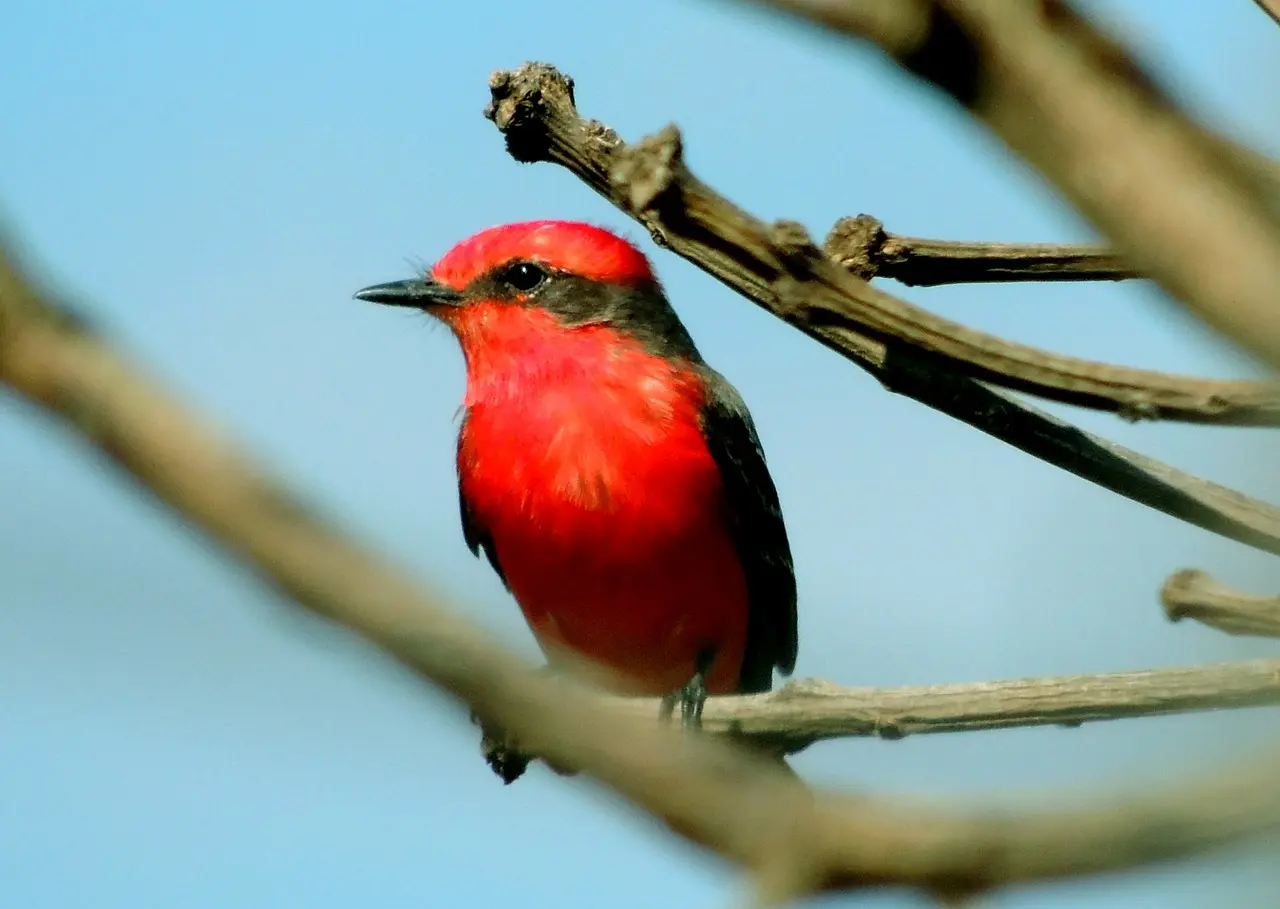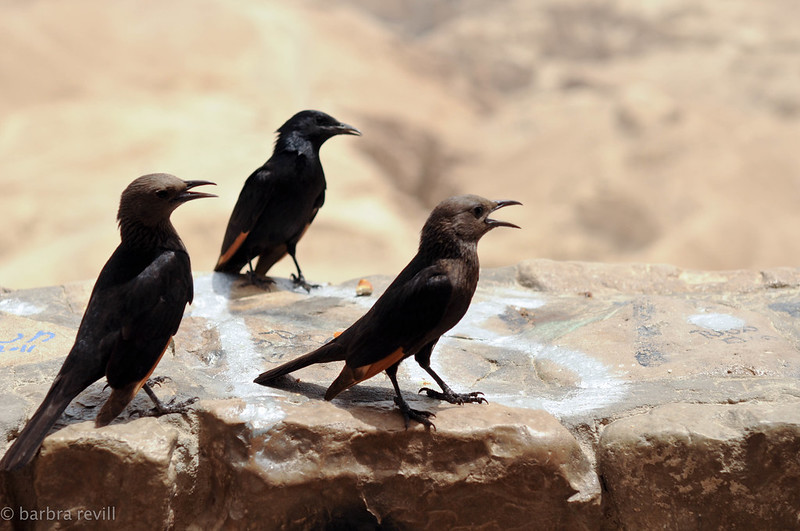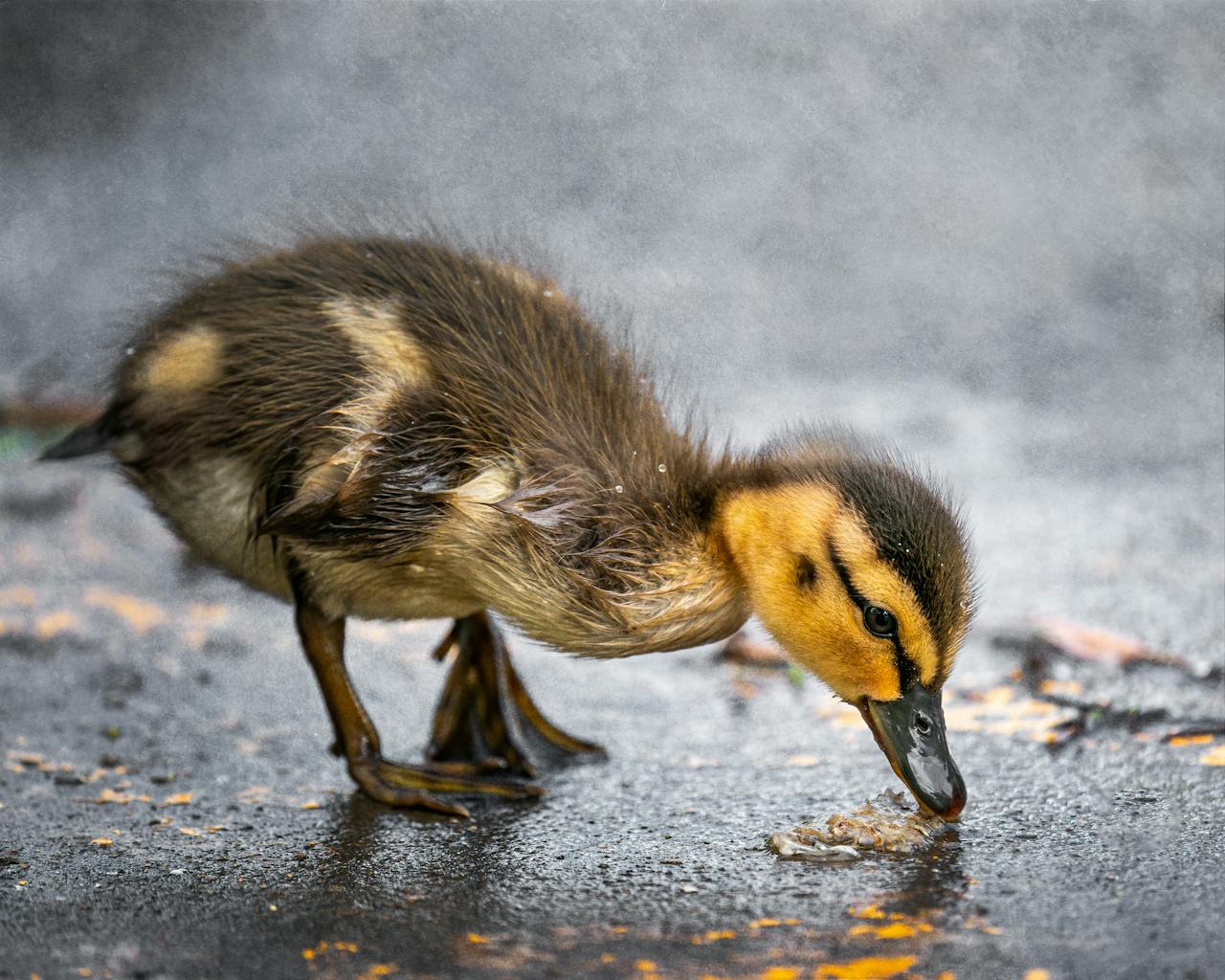Canaries can change their color to one extent or another. As you may know, the bird is a hybrid and the species of canary was developed from interbreeding between several other species of birds. The natural ancestors of the canary were native to the Canary Islands and North Africa, but they have been spread far and wide. The birds are very attractive to people and many different types have been bred over the years.
The domesticated canary is still very close in appearance to its wild ancestors, but it has changed a lot as well. Modern canaries have much more vivid colors than any of the wild species or their hybrids, and many of them have darker markings on their feathers, too. A lot of people keep canaries as pets because they have such beautiful coloring and interesting markings.
Canaries are not normally red-colored birds, but they do sometimes turn that color when they are moulting or at other periods. There are also some canary varieties that were bred specifically for their red feathers by crossing them with other species of birds.
A canary’s color is determined by the genes inherited from its parents. A recessive gene that turns red is passed down from generation to generation and can pop out in any individual. If a female canary has the recessive red trait, then all her daughters will have a chance of being red as well.
Can a Yellow Canary Turn Red?
The short answer is no, but there are exceptions. The yellow canary color that most people are familiar with is a particular shade of yellow. It’s called ‘yellow’ in the parlance of canary breeders, and it’s achieved by breeding yellow canaries together.
However, you can get a red canary if you take a regular yellow canary and feed it a special diet. This is done to get birds that are the right color for judging in bird shows (the same thing is done with many other types of birds). The problem is that you have to keep feeding them this particular diet or they’ll turn back to their original color.
Canaries are born with their colors. The redness of a canary is controlled by one gene, with the allele for redness (R) being dominant over the allele for yellowness (r). In other words, the canary inherits one copy of the gene from each parent. A homozygous yellow bird (rr) could not possibly have parents that were both RR or Rr, because those birds would have to be red.
However, two yellow birds can have a red bird. If two heterozygous birds (Rr) breed together, then 25% of their offspring will be RR and therefore red.
The possibility of red offspring does not mean that a yellow bird has any hidden genetic information about being red; it simply means that the parents are heterozygous for one trait.
How Do I Keep My Canary Red?
Canaries will molt each year, but some will not regain their red feathers. Allow your canary to go through its natural molting cycle. Feather color is related to diet, and you want the colors to be as vibrant as possible. To maintain a red canary, provide a diet rich in carotenoid pigments found in dark green and orange vegetables, such as kale, carrots and sweet potato. Sprouted seeds are also an excellent source of vitamin Bs that may increase the intensity of color.
Canaries’ red color comes from pigments in their food. If a canary stops eating or its food is deficient in certain nutrients, the red will fade and its plumage will turn pale yellow. A canary that is kept in a cage with other birds may also have its food eaten by another bird, resulting in the same discoloration. A healthy canary will be brightly colored, and its song will be loud and clear.
The color of a bird may tell something about its health. For example, if the bird is not getting enough vitamins or minerals, it may be paler in appearance than normal. It is important to recognize changes in coloration, as these changes may indicate a health problem.
What Food Makes Canary Red?
For most canaries, the natural color is yellow. Canary breeders have developed many different varieties that exhibit a wide range of colors, including red. The red coloration in canaries is caused by pigmentation, but the exact nature of this pigmentation varies depending upon the breed.
As with all birds, canaries produce their coloration through a combination of two types of pigments: melanin and carotenoids. Melanin gives the bird its basic color, and carotenoids are responsible for modifying that color. However, depending on the variety of canary, one or the other may be more important in determining the bird’s overall coloration.
Red canaries are the result of a sex-linked recessive gene. The gene only shows in birds that carry two copies of the mutation – one inherited from each parent.
If you want to know if a bird carries red genes, look at its feet. If it has orange feet and a flesh colored beak, it has two copies of the red gene (and is most likely a male). If it has brown feet and a horn colored beak, then it is an orange factor bird and carries one red gene (and is probably also female).
Canaries are yellow because they eat a diet high in carotenoids, which are pigments found in many foods. Carotenoids give food items such as carrots and oranges their bright coloration. A diet high in carotenoids gives the canary the ability to produce yellow feathers.
It is possible to enhance this yellow color by increasing the amount of carotenoids that a canary consumes. However, this will not create a red-colored bird because the red coloring is produced by another pigment called psittacofulvin, which is not found in nature but rather produced within the bird itself from its own metabolic processes.
If you want to breed for red canaries, you need a proven pair of red parents, an unproven pair of parents that both have orange feet and a flesh colored beak, or you need to mate an orange factor female with either a proven red or an unproven male with orange feet and a flesh colored beak.
Red canaries are not rare because they are hard to breed. They are rare because they are generally not produced on purpose by breeders.
Can You Get Orange Canaries?
The short answer is yes, but it’s not easy.
The orange mutation in canaries is caused by a recessive gene. This means that the orange color can appear only if both parents have the recessive gene for orange.
If you breed two yellow birds, a quarter of the offspring will be orange, a quarter will be yellow and a half will be green. If you breed an orange bird with a yellow bird, half of the offspring will be orange, and half will be green.
If you breed two orange birds together, all of the offspring will be orange.
So, if you’re trying to get an orange bird in your flock, it’s best to choose two birds that are already orange or green.
To get an orange canary, you need to breed two canaries that have the orange gene. Because it’s recessive, both parents must have the gene in order to create a canary with orange feathers.





Leave a Reply